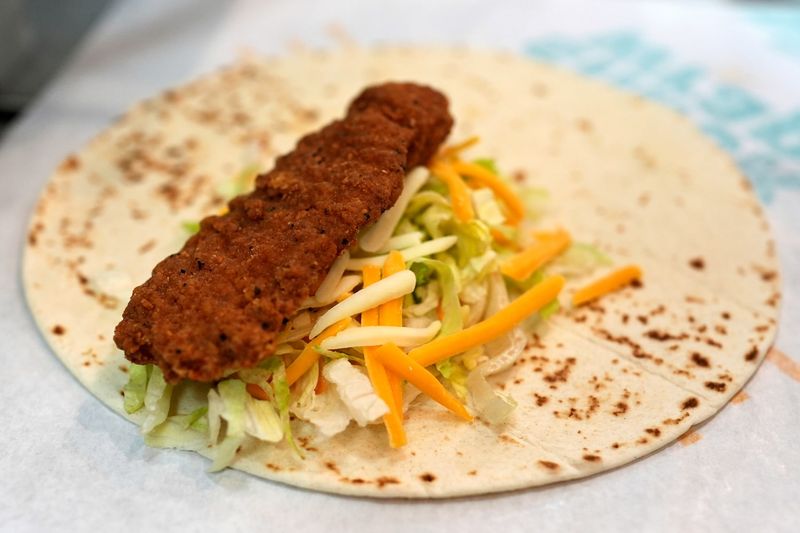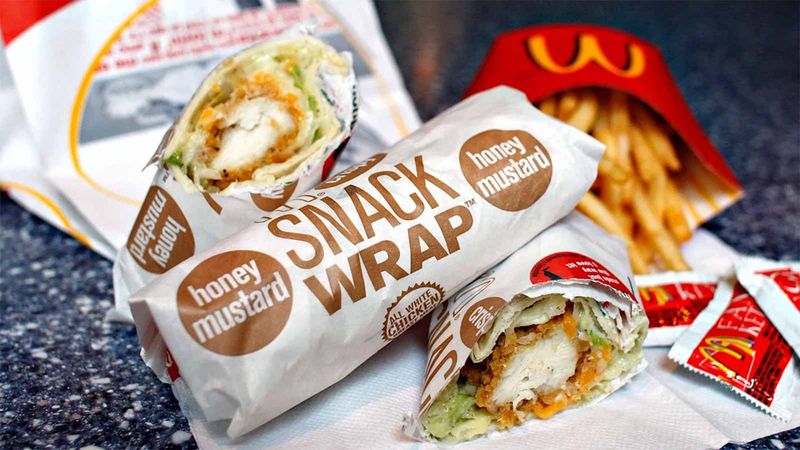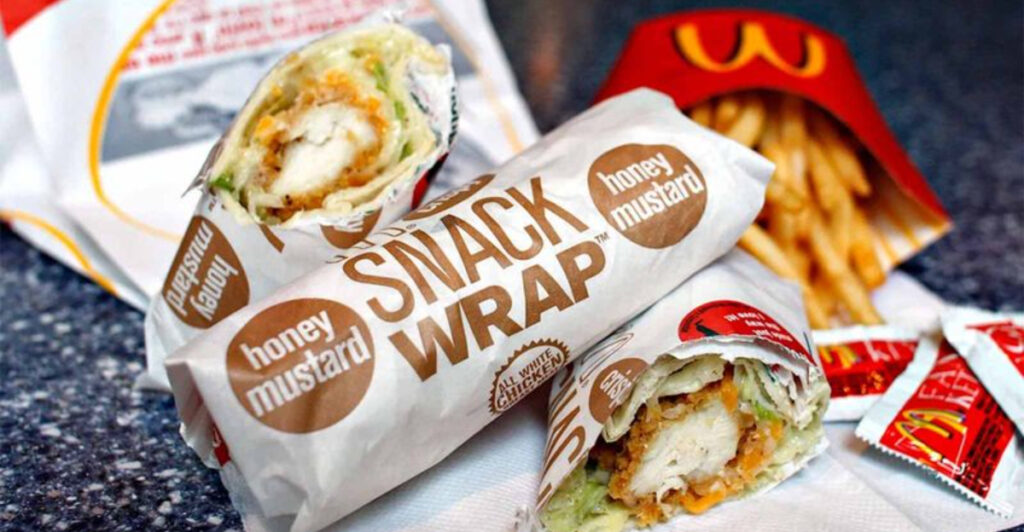McDonald’s found itself in a leafy crisis this July when the triumphant return of Snack Wraps created an unexpected lettuce shortage across the nation. After a nine-year absence, the beloved tortilla-wrapped chicken treat made its comeback on July 10, 2025, triggering lines out the door and social media buzz that nobody—not even McDonald’s executives—anticipated. The overwhelming demand for these $2.99 menu items has forced some locations to serve McChicken sandwiches without their signature greens while scrambling to restock their vegetable supplies.
Hunger Games: How a Simple Wrap Caused Nationwide Chaos

Nobody expected a tortilla-wrapped chicken strip to cause such mayhem. McDonald’s executives were blindsided when restaurant traffic surged 11.4% on the Snack Wrap’s launch day, with some locations reporting lines stretching into parking lots. The humble combination of chicken strips, shredded cheese, lettuce, and sauce wrapped in a soft tortilla had achieved cult status during its absence from 2016 to 2025.
Franchise owners quickly found themselves making difficult choices. With lettuce supplies dwindling faster than anticipated, many had to prioritize the newly returned Snack Wraps over established menu items. McChicken sandwiches became unfortunate casualties, served without their leafy component while management redirected the precious green resource to the more popular wrap option. Employees received specific instructions to offer McNuggets or McDoubles as alternatives to disappointed McChicken enthusiasts.
The company had followed standard supply projections but severely underestimated the power of nostalgia and social media buzz. For years, dedicated fans had maintained online petitions and Twitter campaigns begging for the Snack Wrap’s return. When McDonald’s finally announced its comeback, the internet exploded with excitement. TikTok creators posted countdown videos, while Twitter users shared childhood memories associated with the menu item. The company’s supply chain simply wasn’t prepared for this level of enthusiasm over a product many executives had considered merely a supplementary menu addition rather than the main attraction.
What makes this situation particularly interesting is how a fast-food giant with decades of market research experience could so dramatically miscalculate consumer demand. Industry analysts point to the growing power of social media-driven food trends and the unique emotional connection many consumers form with discontinued products. McDonald’s inadvertently created a perfect storm: an affordable, portable menu item returning during a period of inflation when customers were especially value-conscious.
Wrap Star Revival: Lessons in Fast Food Nostalgia Marketing

The Snack Wrap saga represents more than just a supply chain mishap—it’s a masterclass in the power of food nostalgia. McDonald’s didn’t just bring back a menu item; they resurrected a cultural touchpoint for millennials who grew up with the original Snack Wrap launched in 2006. The company underestimated how deeply this simple food combination had embedded itself in the collective memory of an entire generation.
Marketing experts now study what they call the “Snack Wrap Effect”—when discontinued products gain mythical status in their absence. McDonald’s inadvertently created this phenomenon by removing a popular item despite customer protests, allowing nearly a decade for nostalgia to build. When combined with McDonald’s 2025 “Best Burger Initiative” and new McValue Menu, the Snack Wrap became the perfect affordable nostalgia vehicle for budget-conscious consumers facing inflation.
Social media played the crucial amplifier role in this shortage drama. The original announcement of the Snack Wrap’s return generated over 2.3 million mentions across platforms within 48 hours. Food influencers organized “Snack Wrap reunions,” filming their first bites for eager audiences. Even celebrities joined the conversation, with several musicians referencing Snack Wraps in tweets and Instagram stories, providing invaluable free marketing that further strained lettuce supplies.
The company’s response to the shortage became almost as talked about as the product itself. Rather than hiding the problem, McDonald’s took an unusually transparent approach, acknowledging they had been “blown away” by customer enthusiasm. This honesty earned praise from marketing professionals who noted how the shortage paradoxically increased the Snack Wrap’s perceived value through artificial scarcity.
Perhaps the most valuable lesson for the fast-food industry came from watching how McDonald’s competitors responded. Several chains accelerated their own nostalgia-driven menu revivals after witnessing the Snack Wrap phenomenon. However, they made sure to secure larger ingredient reserves before launch, showing that McDonald’s costly lettuce lesson wouldn’t be wasted on the wider industry. The Snack Wrap crisis ultimately transformed from potential embarrassment into a case study on the extraordinary power of food memory and emotional connection in consumer behavior.



